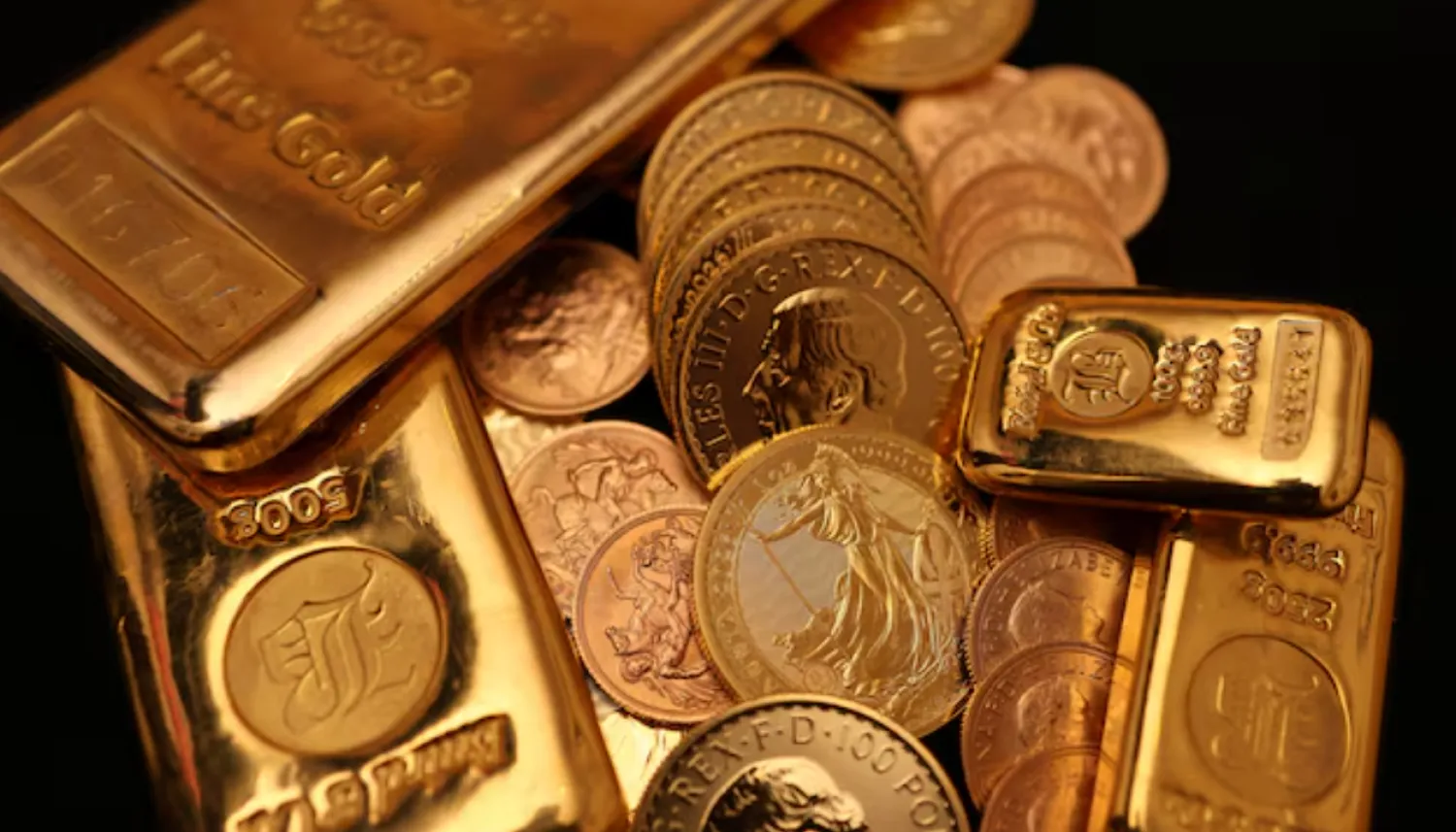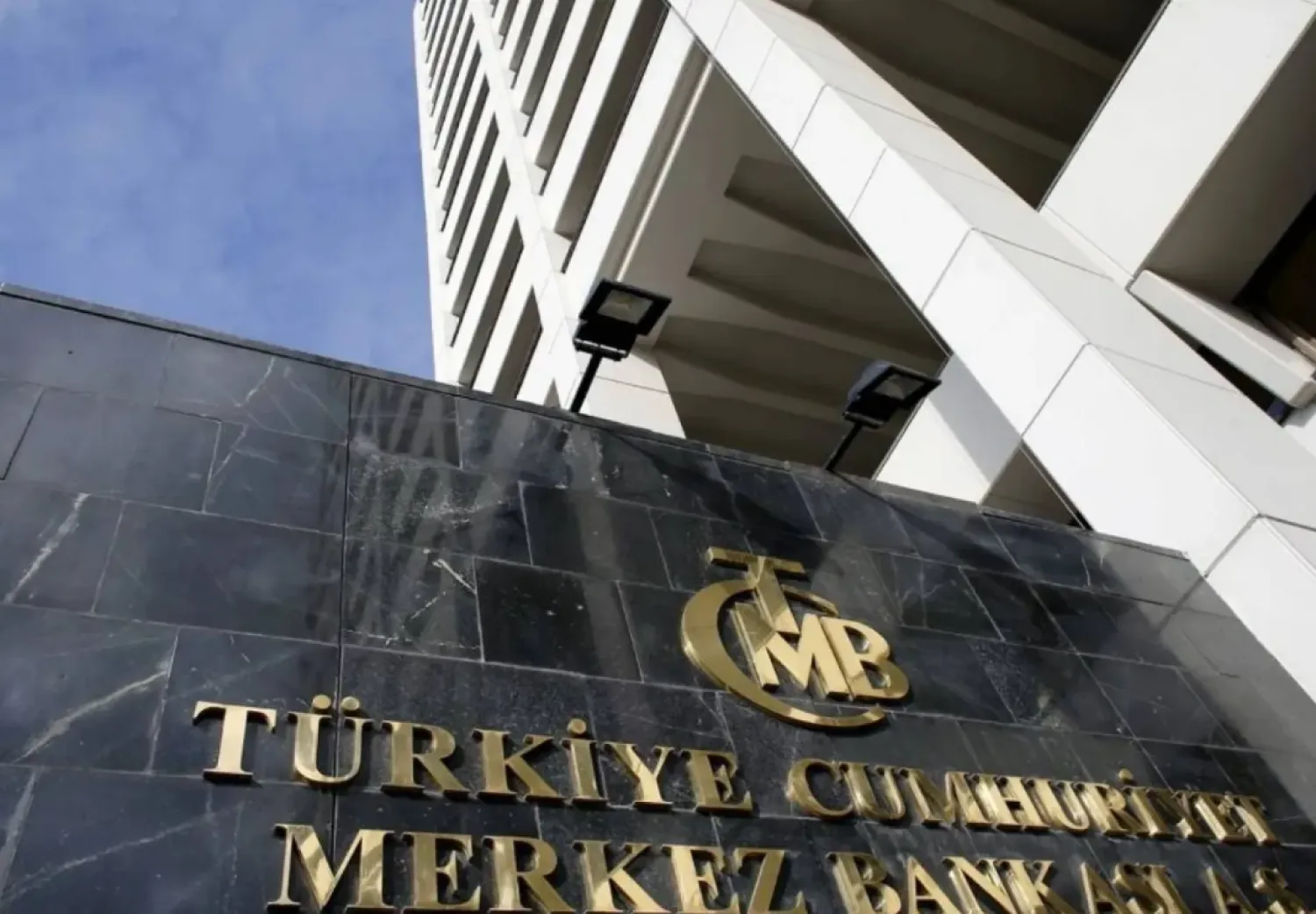Private non-state oil-producing companies in Saudi Arabia and the UAE witnessed a powerful resurgence in June, fueled by a surge in production and new orders.
The notable surge in production and new orders in Saudi Arabia, reaching the highest levels in several years, prompted companies in the Kingdom to ramp up their purchasing activities swiftly, aiming to meet the growing demands for inventory support.
These insights are based on Riyad Bank Saudi Arabia Purchasing Managers’ Index report, compiled by S&P Global.
June’s headline PMI number came in at 59.6, up on May’s 58.5 and again indicative of a strong, above trend rate of growth.
According to the index, PMI readings above the 50-mark show non-oil private sector growth, while those below 50 signal contraction.
“The Kingdom’s non-oil private sector remained on a steeply upward growth trajectory by the end of the second quarter, as inflows of new business accelerated, particularly in construction and tourism activities,” said Naif Al-Ghaith, the chief economist at Riyad Bank.
The sub-index for new orders rose to 69.5 in June from 67.3 in the previous month, marking its highest level since September 2014. This increase was driven by strong demand and favorable market conditions.
The Saudi government is injecting billions of dollars into the development of non-oil sectors, aiming to diversify revenue sources away from hydrocarbons. Special emphasis is placed on creating employment opportunities for the youth.
“Ultimately, government-backed investments, especially in construction and infrastructure projects, remain crucial for the business sector,” said Al-Ghaith.
He further added that the sentiment towards future activity remains positive.
Commenting on the recent figures, Saudi Shura Council member Fadhel Al-Buainain told Asharq Al-Awsat that the Saudi economy has entered an important phase of growth after recovering from the coronavirus pandemic.
According to Al-Buainain, the witnessed recovery is a result of the government’s measures to mitigate the pandemic’s negative impacts on the economy.









